Tying Your Way To Survival
A Guide On How To Tie the Most Common Knots
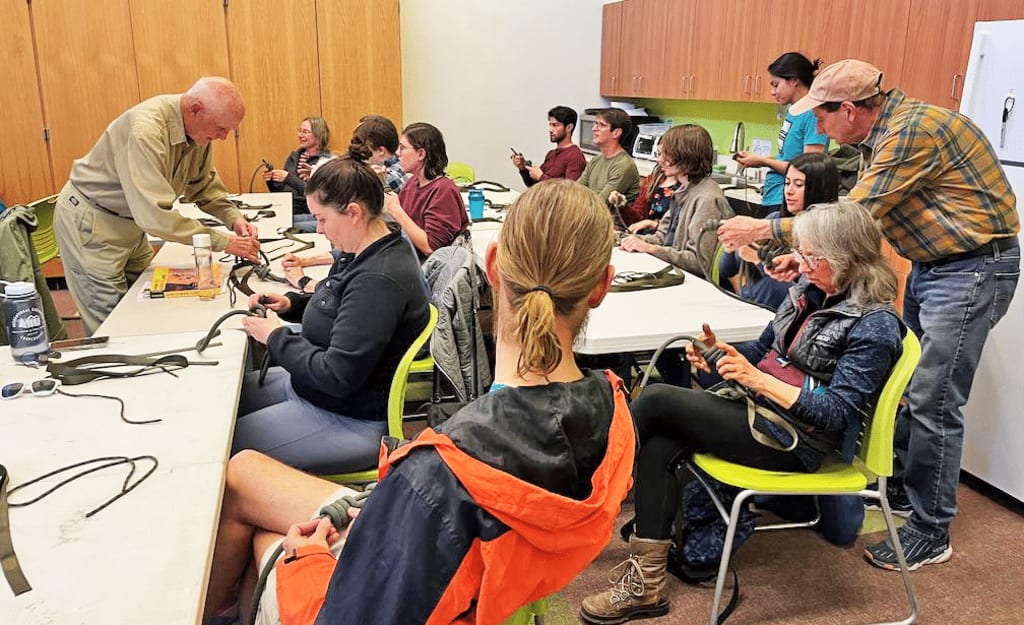
Knot tying is a vital survival skill. A knot is a fixed looping of a piece of string or rope. Though they are often made from rope, they can really be made from any type of cordage. Anyone over the age of five years old has the ability to make knots. Some are used to bind objects together, while others can be used to constrict things. In some cases, they serve as a stopper or knob at the end of the cordage to keep the ends from slipping. Here is how to make the six most popular knots.
The Butterfly Loop
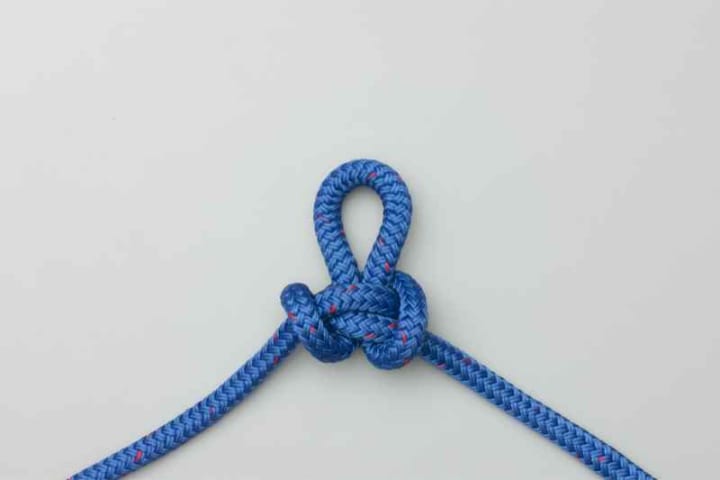
The butterfly loop is also called the lineman’s loop, butterfly knot, and Swiss loop. It can be used to suspend lighting or tarps, create transverse lines, and binding anchors. To make one form a bight (curve) in the middle of the rope. Twist to make two loops with the bigger one on top. Bring the top loop down, forming a pretzel shape. Take the farthest edge of the bottom loop and bring it through the middle. Tighten all the way.
Bowline
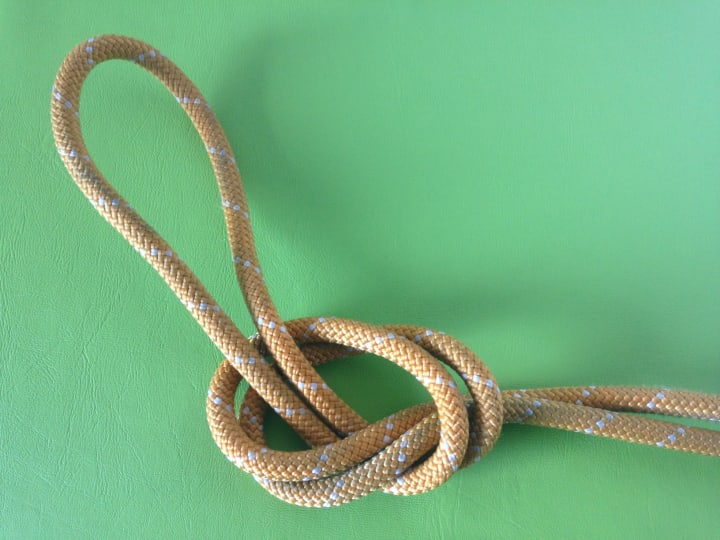
The bowline is an ancient and simple knot. It is used primarily in boating and climbing. Sometimes rescuers use this knot to save people trapped in holes or cliff sides. To make form a small loop about a foot above the end of your rope, preferably the tagged end (working end). Bring the end up through the loop from underneath it. Wrap the line around the standing line (all the rope excluding the working end) and back through the loop. Tighten the knot by pulling on the free end while holding the tagged end.
Clove Hitch

The clove hitch, or hitch knot, is used to tie around an object to secure it. To make it, hang your rope loosely from your thumb, making both sides even. Pull back one side of the rope to your palm and out using the ring finger. Pull in the other side of the rope and back using the middle finger. Join the ring and pinkie finger with the middle finger. Rotate your hand around the front of the rope. Slide the ring finger under and point up. Join the thumb and index finger to make the knot.
Square Knot
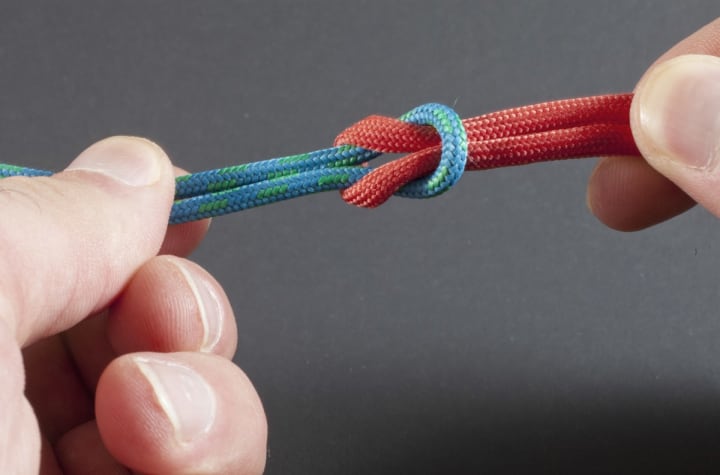
The square knot is one of the most basic knots to tie. It is also called the reef knot or surgical knot. It is intended to bind things together. To make it, lay the rope to your left on top of the rope to your right. Wrap the right-hand rope under the left-hand rope. Bring the right-hand rope back over the left-hand rope. Lay the original right-hand rope over the left-hand rope. Pull the original right-hand rope under and through the other rope. Tug on the ends to tighten.
Double Sheet Bend
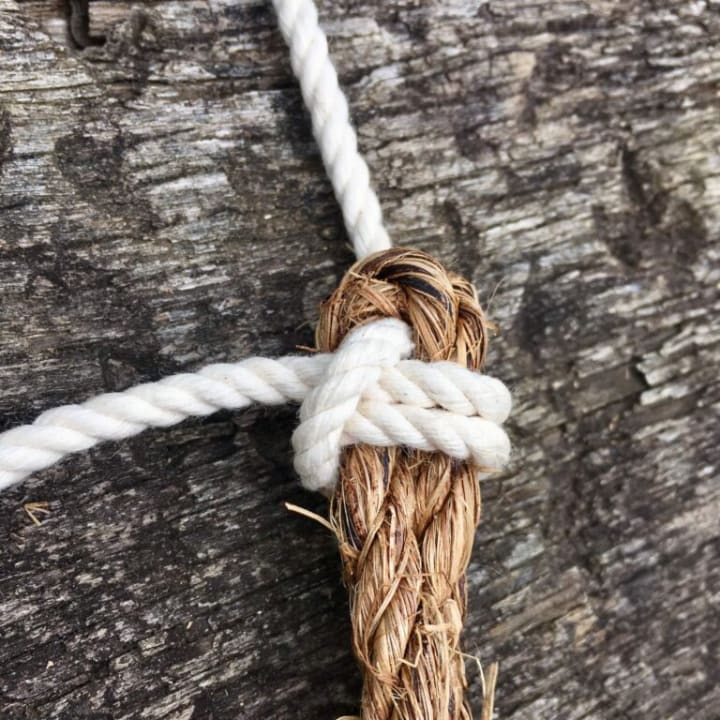
The double sheet bend, or the weaver’s knot, is used on two ropes of various thicknesses. It is an important knot to know because it can be easily applied and removed. Form a loop with the thickest rope loosely forming a cursive J. Take the thin rope and pull it through the loop. Wrap it around the thick rope twice. After the second wrap-around, pull the end under the thin rope by the loop. Tighten it by pulling both ends away from each other.
The Fisherman’s Knot
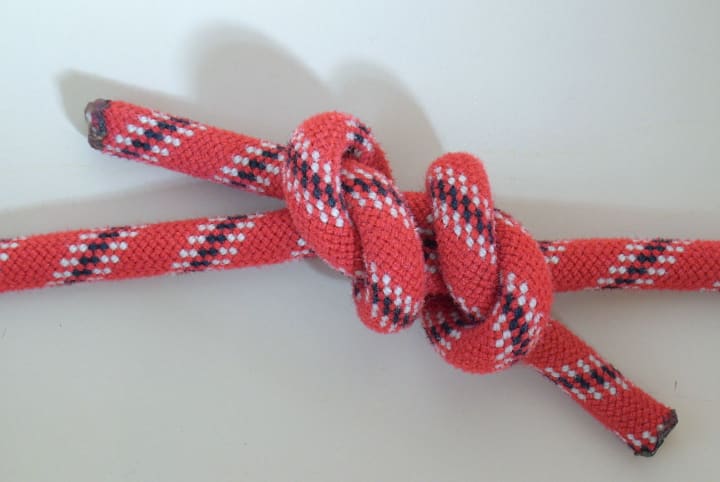
This is the type of knot you would use if you had two ropes with the same thickness. It is often used to make fishing nets or webbing of some kind. Lay each rope parallel to each other. Wrap the tagged end of one over the other rope, making a loop. Insert the tagged end of this rope through its own loop. Pull to make a loose overhand knot. Repeat on the other end of each rope. Tighten it by pulling on each end together, and sliding the knots together.
About the Creator
M.L. Lewis
Welcome to my little slice of pie. This blog will primarily focus on prepping and homesteading skills with a sprinkle of fiction every now and then.






Comments
There are no comments for this story
Be the first to respond and start the conversation.